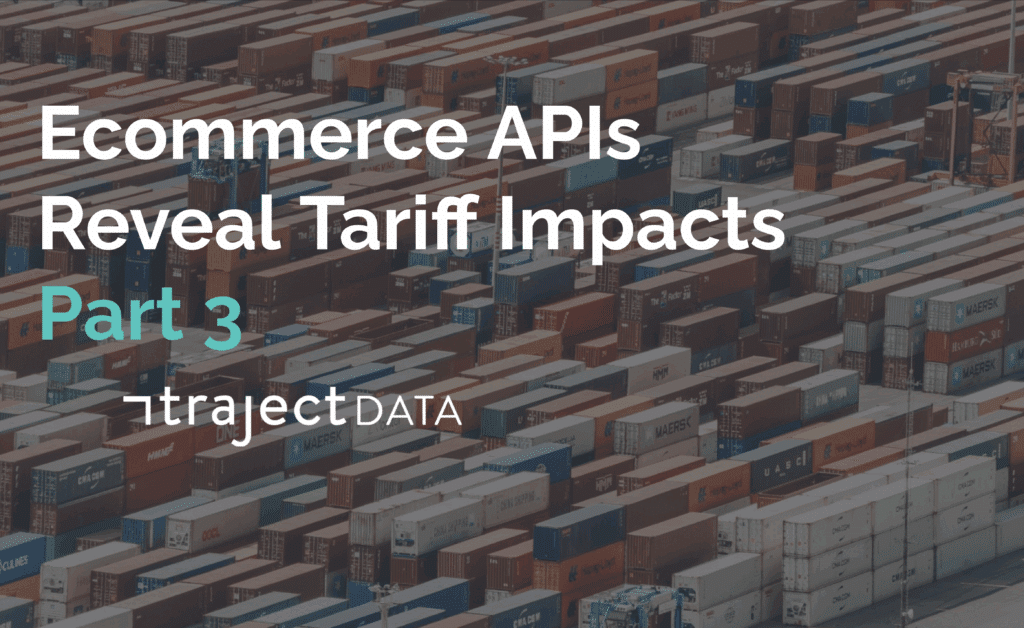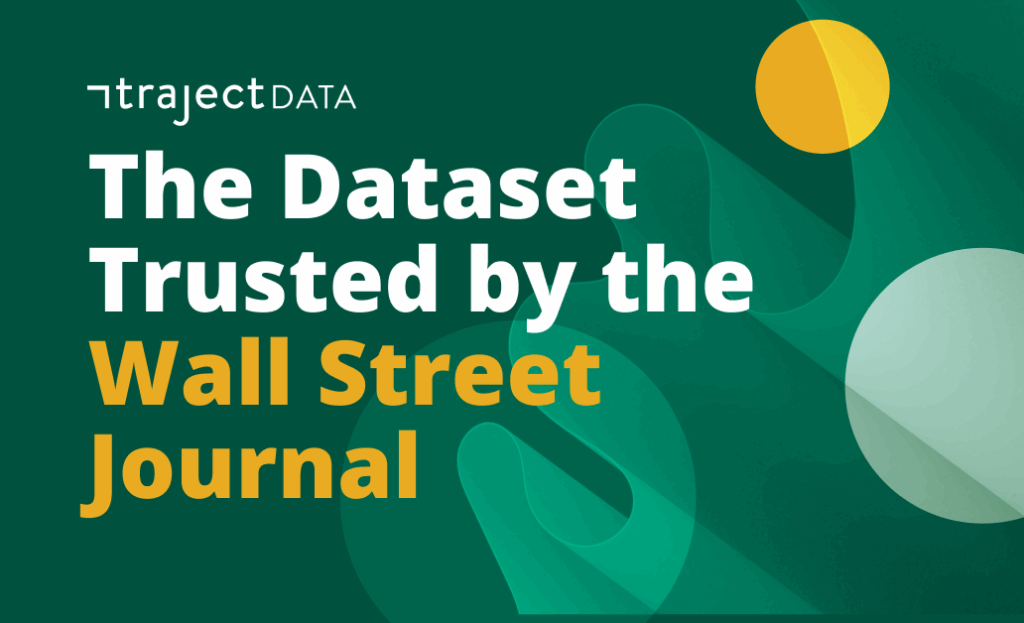Tariff policies have been anything but steady in 2025 — shifting, pausing, and updating multiple times. In our last two posts, we explored how Amazon categories reacted. Now, we turn to Walmart’s Food & Beverage aisle, where between January and July 2025, price swings were striking. Using Traject Data’s Bluecart ecommerce scraping pricing API, we tracked Walmart’s prices to uncover how tariffs and promotions are shaping category-level volatility
In most subcategories, nearly 4 in 5 products shifted 30% or more from their starting price. Such movements are more than noise — they’re an early warning for supply chain leaders, category managers, and pricing teams to adjust sourcing strategies and prepare for downstream retail pricing shifts.
Among them, Sweet Snacks stood out not just for volatility, but for scale. With the largest product count in the category — followed by Beverages and Bakery Products — its price movements carried more weight across Walmart’s assortment.
What the Data Shows
- Volatility is widespread: Nearly 80% of products in Walmart’s Food & Beverage subcategories saw swings of 30% or more from their January baseline. The risk of major pricing shocks isn’t confined to niche segments — it’s spread across the aisle.
- Movement is persistent: Prices didn’t just shift once and settle. They kept moving throughout the first half of the year. Some categories saw sharper, more frequent changes than others, signaling the market is still in flux and may require ongoing pricing adjustments.
Risk Categories
Volatility Watch: % of SKUs Shifting More Than 30%
Volatility is high across the aisle, but not all subcategories move the same. Sweet Snacks, Beverages, and Bakery Products lead in swings, while Dairy and Frozen Foods lag slightly — a signal that some areas react faster to cost, supply, or promotional changes than others.
Price Trajectory for Sweet Snacks
Month-over-month % change highlighting post-Q1 rebound and sustained increases through Q2
At the start of the year, Sweet Snacks prices held steady, then fell by about 3% in March compared to February. Interestingly, this dip coincided with Walmart’s online-only Super Savings Week (March 24–April 1), a major promotional event that likely contributed to lower prices, alongside seasonal sales, category-specific discounts, or clearance activity.
By April, prices stabilized as the market adjusted to evolving cost structures and promotional pressures. For context — though not direct causation — this March dip and April pause occurred just after early-March tariff implementations (following late-February announcements), and the April 9 decision to pause most reciprocal tariffs globally for 90 days while sharply raising rates on Chinese goods.
From May through July, prices climbed steadily. This rebound may reflect the pullback from heavy discounting, supply chain recalibrations, and tariff-driven cost pass-through to retail pricing.
The pattern raises a critical question:
Are tariff-driven disruptions in your category being masked by short-term promotional dips — only to emerge later as sustained price increases?
Why Ecommerce Scraping Pricing APIs Matter
Tracking these rapid shifts manually is impossible. Price changes driven by tariff policies, promotions, and supply chain resets can unfold daily across thousands of SKUs.
That’s where an ecommerce scraping pricing API becomes essential. With real-time monitoring, teams can:
- Detect category volatility before it erodes margins
- Compare competitive pricing across marketplaces like Walmart and Amazon
- Adjust sourcing strategies based on tariff-driven cost fluctuations
- Respond to promotions quickly instead of reacting weeks later
Traject Data’s ecommerce APIs give retailers, manufacturers, and brand protection teams the ability to monitor price movements at scale — providing early warnings of volatility and helping teams move from reactive to proactive.
What Walmart’s Tariff-Driven Price Swings Mean for Your Ecommerce Strategy
Walmart’s Food & Beverage price patterns show how quickly category-level shifts can ripple through entire assortments. From sharp swings to subtle month-over-month climbs, these movements call for:
- Faster pricing updates
- Closer supplier coordination
- More agile promotion strategies
Even small changes in high-volume categories can compound into margin risk. Real-time monitoring with an ecommerce scraping pricing API ensures you catch the change early enough to act.
“Nearly 80% of Walmart’s Food & Beverage products swung more than 30% in just six months. That’s not volatility to watch — that’s volatility to act on. Tariff shifts and promotions don’t just move prices in the moment, they set the stage for months of margin pressure or opportunity.”
— Ria Delamere, CTPO, Traject Data
Use an Ecommerce Scraping Pricing API to Stay Ahead of Tariffs
Get the complete dataset or run a custom volatility scan for your categories of interest. With Traject Data’s ecommerce APIs, you can identify products most at risk of tariff-driven price shocks and protect your margins.
👉 Learn more about Traject Data’s ecommerce scraping pricing APIs
Want to explore more on price tracking after tariff changes? Check out our earlier posts:
Or click here to learn how to use Traject Data’s Walmart Bluecart API.




